Chamaedorea Elegans

Chamaedorea Elegans Care Guide
This guide is designed to give you our top tips and pointers. We aim to ensure that caring for your Chamaedorea Elegans plant is easy and straightforward.
Also referred to as the Parlour Palm. These plants were very popular in pubs and parlours in the Victorian age. We will use both names to refer to this plant in this guide. But we wanted you to be sure that we are referring to the same plant.
So why did the Victorians love the Parlour Palm Chamaedorea Elegans? It is a low maintenance plant, that is very resillient. This makes it a great plant for a beginner. It has air purifying qualities too. That is why it a great plant for your collection. Another great aspect of this plant are its looks. Parlour palms look just like a tropical palm. The can grow pretty big if you put them in a larger pot.
Those Victorians sure knew how to get the most out of the tropical looks that a parlor palm chamaedorea elegans displays in abundance. This plant is perfect to add a tropical feel to any indoor setting and is safe around cats and dogs.
Need a Chamaedorea Elegans care kit? It includes everything you need to keep your Chamaedorea plant roots, leaves and soil in top condition so your plant will look great!
Buy our Chamaedorea Elegans care kit
Want to add some easy to care for tropical plant vibes to your indoor space? You can buy Chamaedorea Elegans plants here too!
Chamaedorea Elegans Plant Care
A chamaedorea elegans palm is a great plant for new plant parents. It is not fussy about exact light conditions. It is happy in various spots around a home, office or workspace too. Let’s take a look at the specific requirements of this plant:
Chamaedorea Elegans Light Requirements
Parlour palm plants prefer bright, indirect light. They can tolerate lower light conditions. But remember, in a spot where light is lower, they may not grow as quickly.
A spot by a window, where it can receive filtered light, is best for this plant. It is important to watch out for any scorched leaves. This can mean it is receiving too much direct sunlight.
Chamaedorea Elegans Watering Requirements
How often to water chamaedorea elegans?
This type of plant prefers moist soi. But it should never be allowed to stand in water, which can cause the roots to rot.
We recommend allowing the top inch of the soil to dry out between each watering.
How to water chamaedorea elegans?
It is best to water this plant from the top. Be sure to that any excess water drains away. An easy visual test to assess if your plant is over or underwatered is to look at the colour of the leaf tips:
Turning brown = too much water
Turning yellow = needs more water
As a general rule of thumb, it is better to underwater this plant than overwater. If you need more help with watering this plant. A Watering Indicator is a great way to keep an eye on its water needs.
Chamaedorea Elegans Humidity
Parlour palm plants require a moderate to high level of humidity to help them thrive. This can be easily achieved by misting the leaves regularly.
A Houseplant Myst Spray is perfect for this job. Another quick way to increase the humidity levels around your plant is to fill a tray with clay pebbles and water and place this near the plant.
Chamaedorea Elegans Temperature Requirements
The ideal temperature for this plant is between 65-80°F (18-27°C). It can tolerate slightly cooler temperatures, but you should avoid exposing it to temperatures below 50°F (10°C).
Chamaedorea Elegans Fertilizer
The use of a specific fertilizer for palm plants, every 2-4 weeks throughout the growing season should help your plant to thrive. Palm Focus is a great choice as it contains a range of essential nutrients.
Chamaedorea Elegans Soil Type
The best type of soil for this plant is a free-draining soil mix. The mix needs to retains moisture but not become waterlogged.
A peat-free houseplant soil is ideal for this. As this plant is susceptible to root rot, we would also recommend the use of Perlite to help increase the drainage.
The use of Vermiculite is a great way to help your soil to retain moisture.
Chamaedorea Elegans Repotting
Repotting Chamaedorea plants is only necessary if your plant has become root bound. You will know if this is the case as you will see roots coming out through the drainage holes of your plants pot.
Otherwise, you only need to repot your Chamaedorea plants approx. every 3 years - we told you it was low maintenance!
When you do need to repot your plant. The process is simple. You should start by gently removing the plant from its current pot. Next decide on a suitable sized pot to rehome it in. Then add a suitable amount of soil. Make sure the plant is positioned well within the soil and give it a good water (don’t forget to let the water drain out).
We have all the products you need to repot your chamaedorea elegans plants too!
Chamaedorea Elegans Pruning?
Pruning of your chamaedorea elegans plants is generally not required. You can remove any yellow or brown leaves when you water. Including this in your watering routine will help with the appearance of your plant.
Is Chamaedorea Elegans Toxic?
Is chamaedorea elegans toxic to cats? Chamaedorea elegans toxic to dogs?
The chamaedorea elegans cats and dogs mystery is a common question that pet owners rightly worry about. The good news is that this plant is safe around cats and dogs. Another reason why this is a great plant for any space.
Final thoughts on Parlour Palm Plants
With their simple care requirements, being non-toxic to cats and dogs and air purifying qualities. It is easy to see why this plant is one of the most popular plants that we sell. It is great in homes and office spaces. It grows slowly and makes minimal fuss.
By following our tips and advice. You should know all the basics and have everything you need to help your chamaedorea plants to thrive.
Why not add a Parlour Palm to your collection today?

Chamaedorea Elegans Plant Food
-
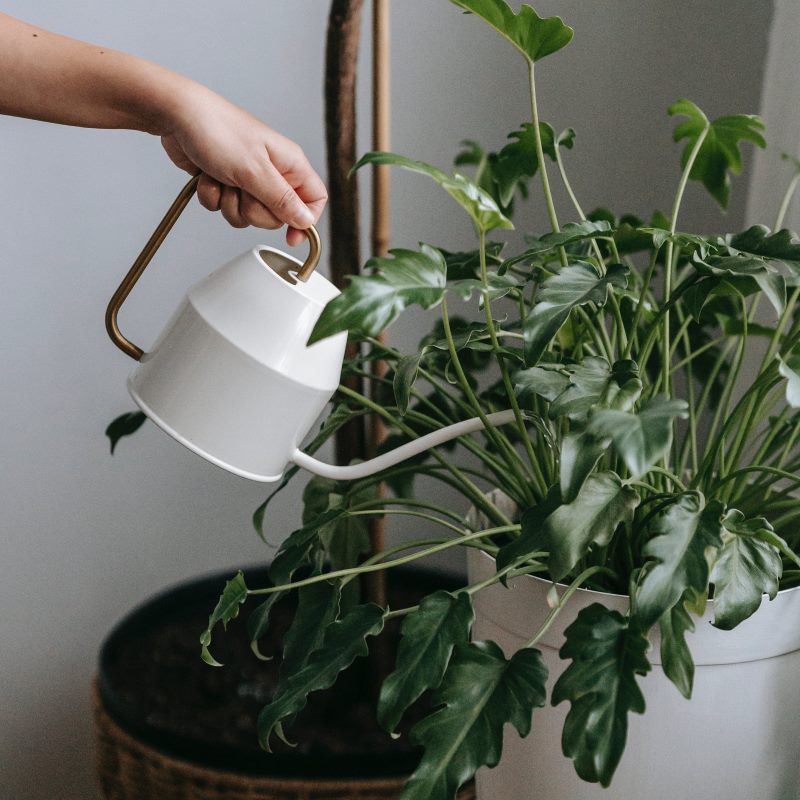
Indoor Plant Food
Buy Indoor Plant Food -

Plant Drip Feeder
Buy Plant Drip Feeders
Chamaedorea Elegans Support Sticks & Clips
-
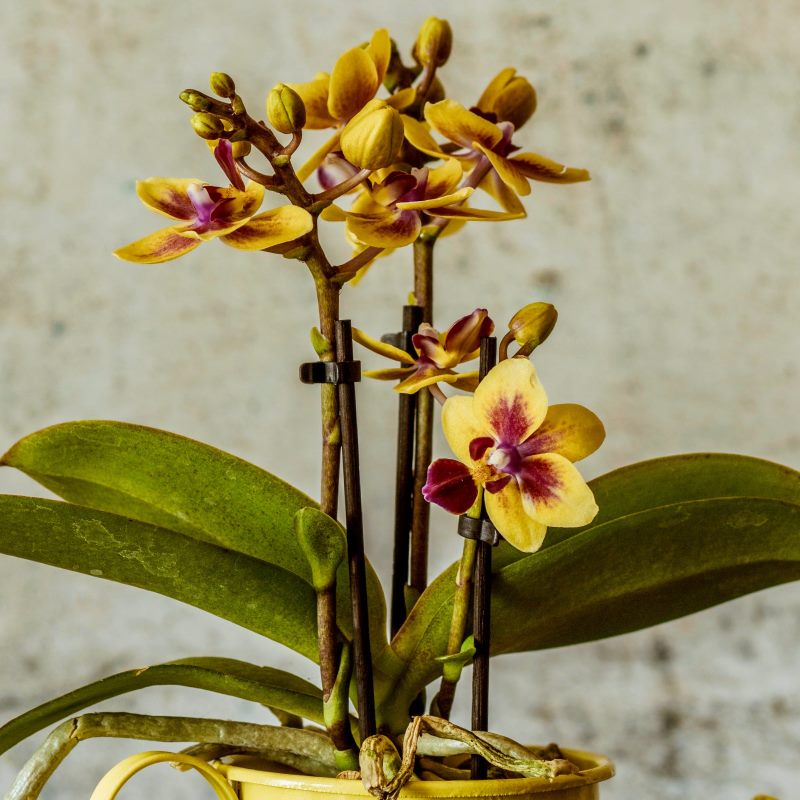
Plant Clips
Shop Plant Clips -
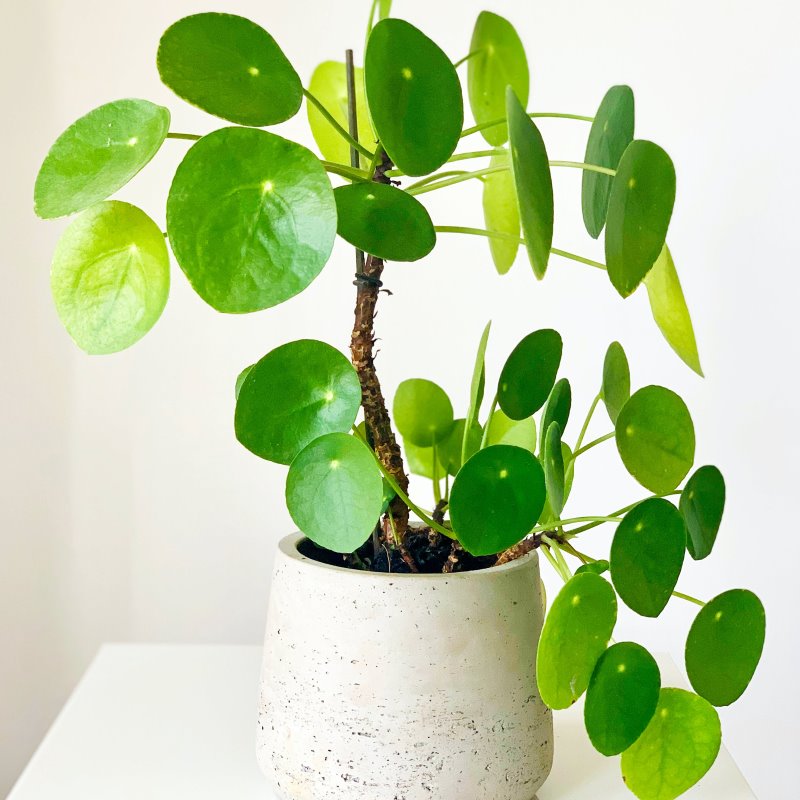
Plant Support Sticks
Shop Plant Supports -
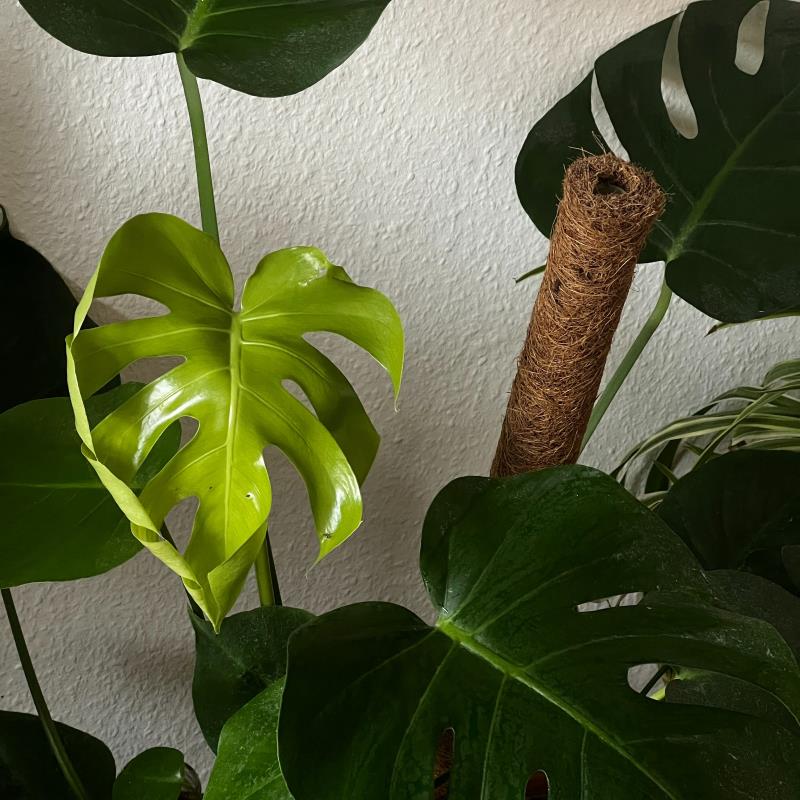
Moss Pole
Shop Moss Poles
Chamaedorea Elegans Soil & Compost
-
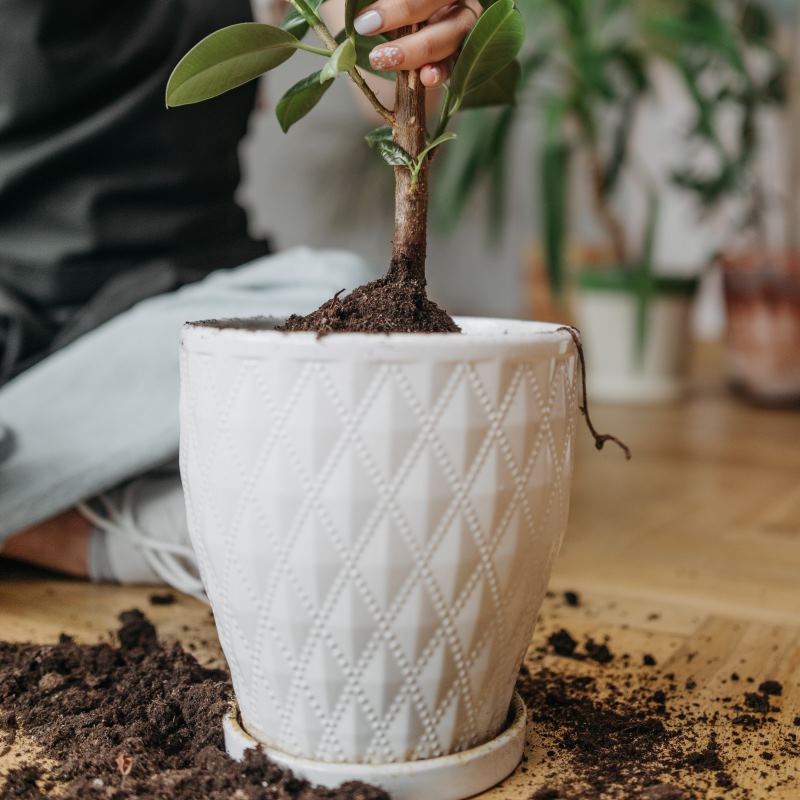
House Plant Compost
Shop House Plant Soil -
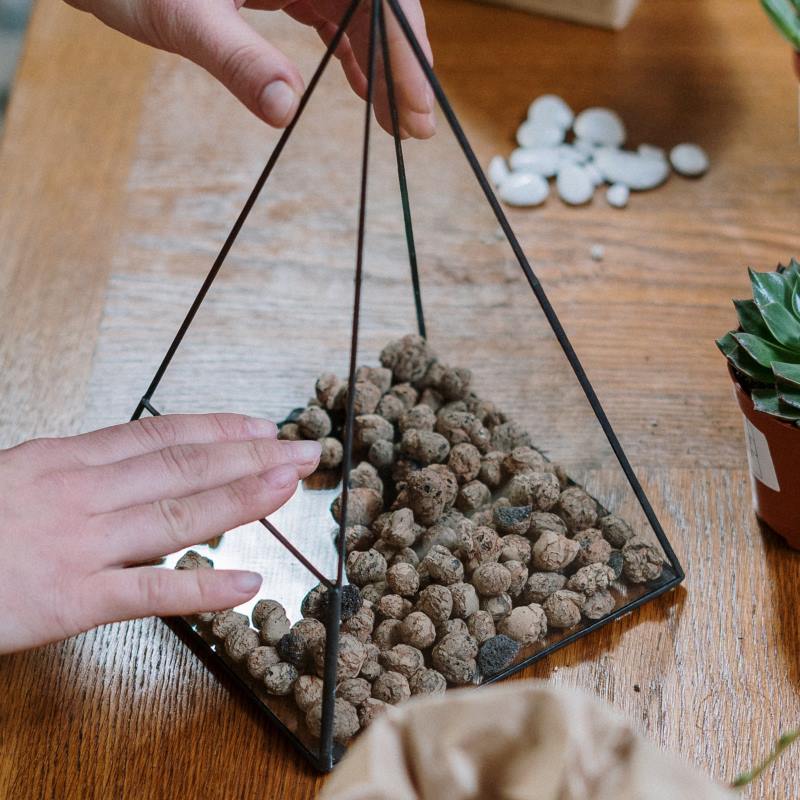
Clay Pebbles for Plants
Buy Clay Pebbles -
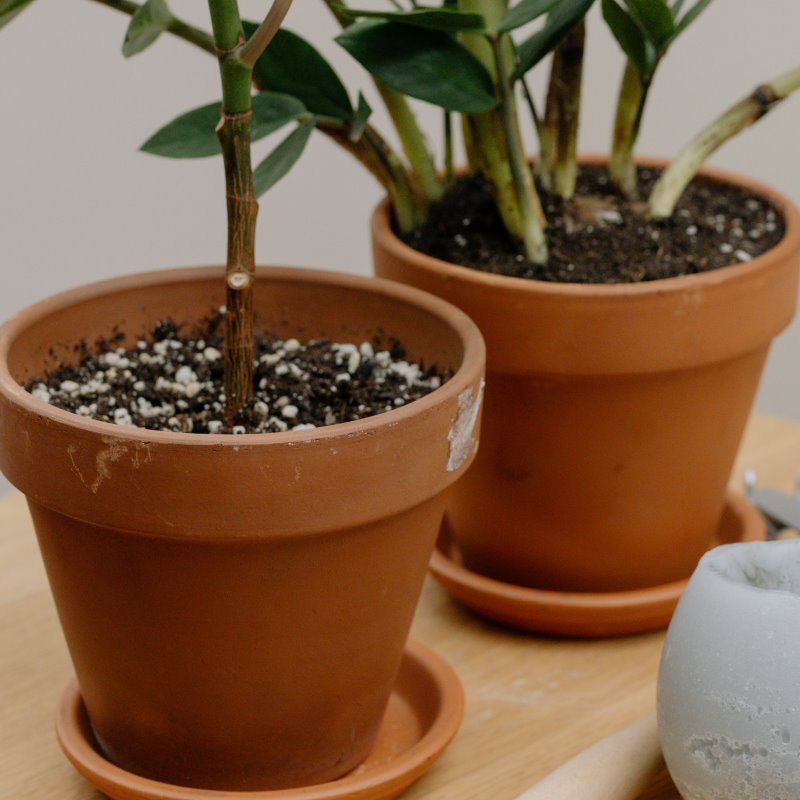
Perlite for Plants
Buy Perlite -
Chamaedorea Elegans Houseplant Repotting & Accessories
-
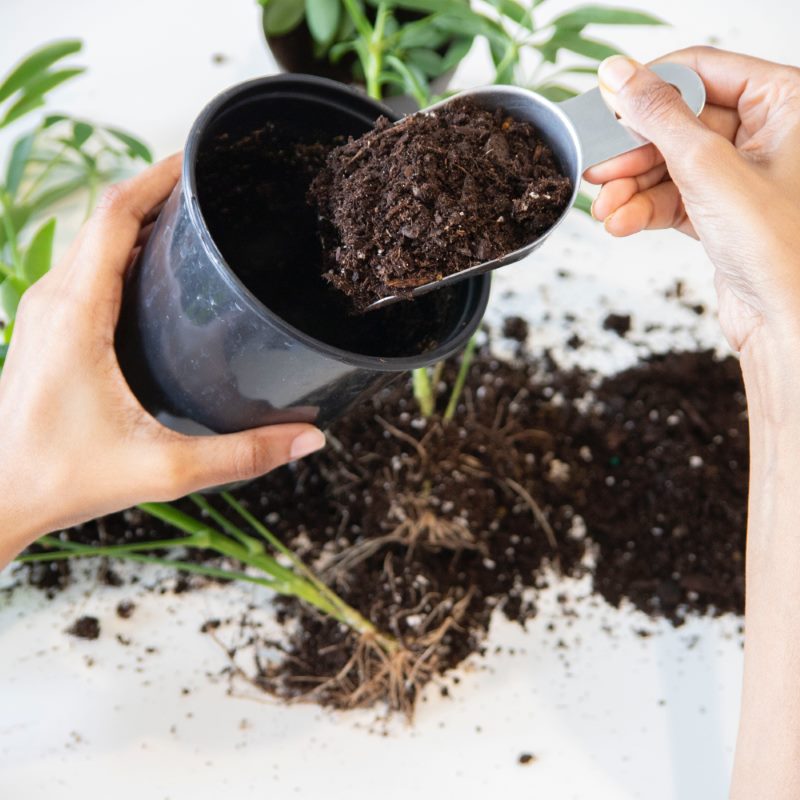
Repotting Soil
Buy Repotting Soil -
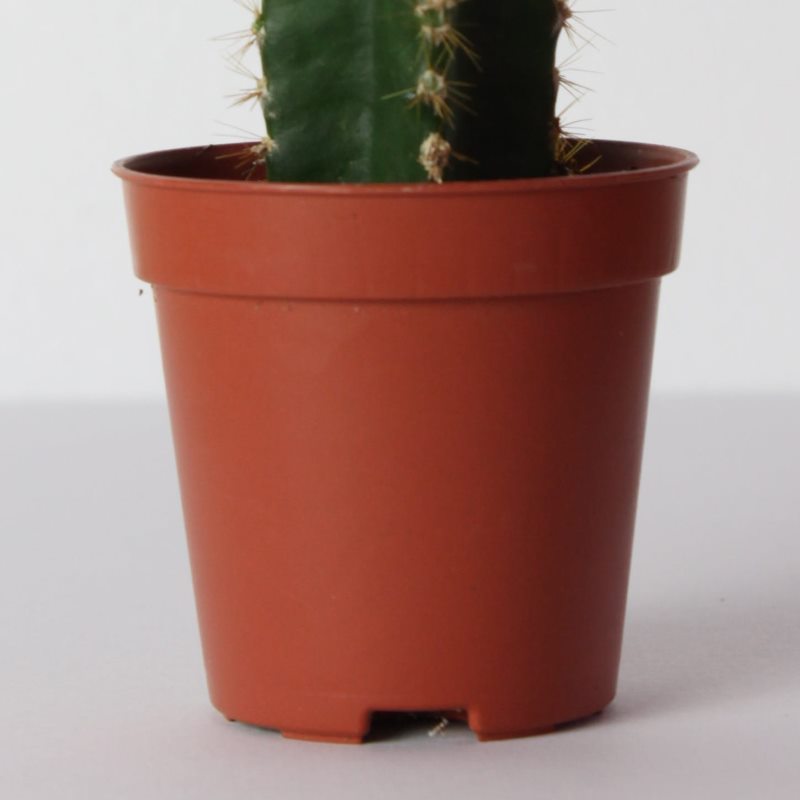
Plastic Plant Pots
Buy Plastic Pots -
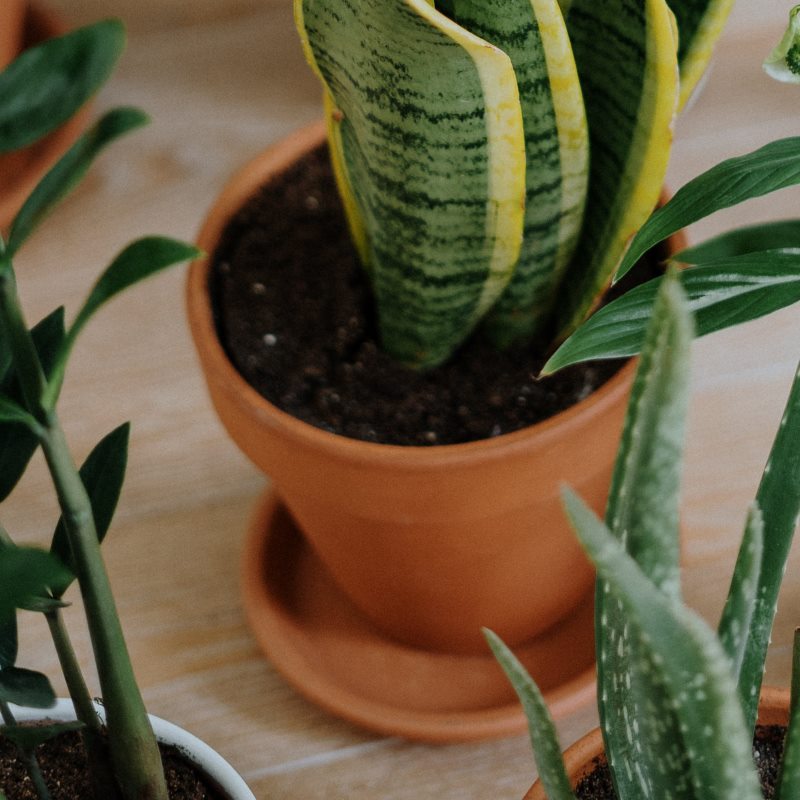
Plant Pot Saucers
Buy Pot Saucers -
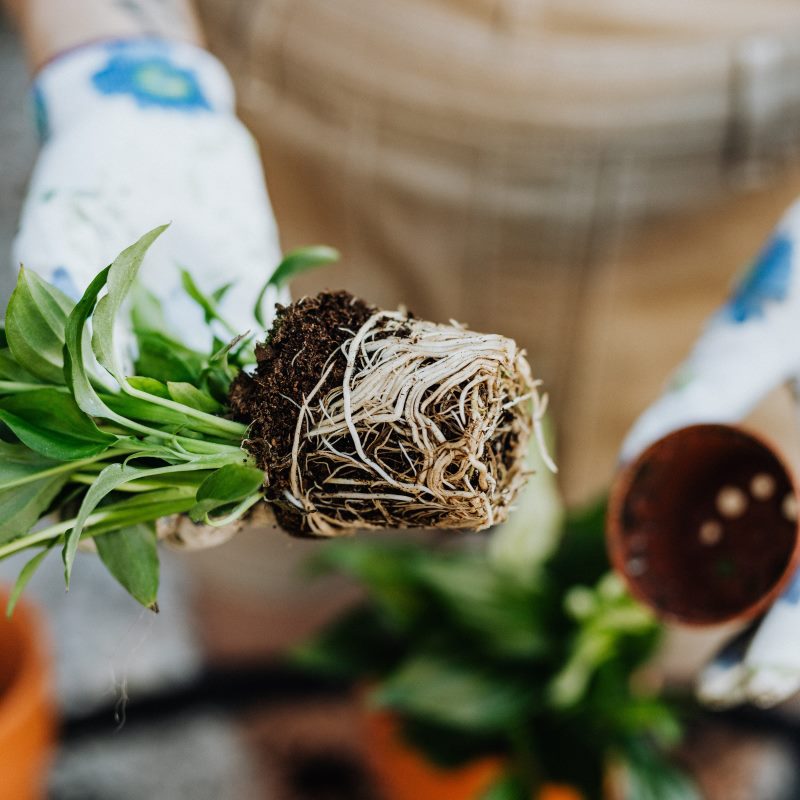
Root Growth Stimulator
Shop Root Stimulator













